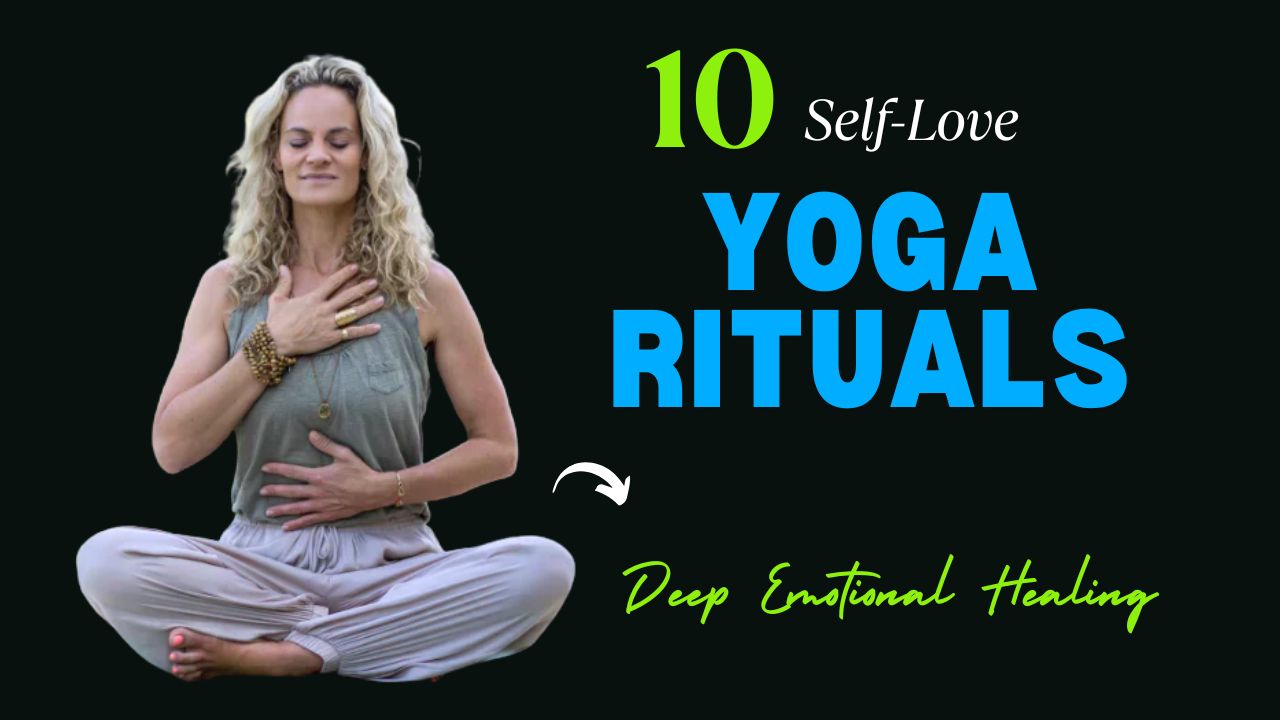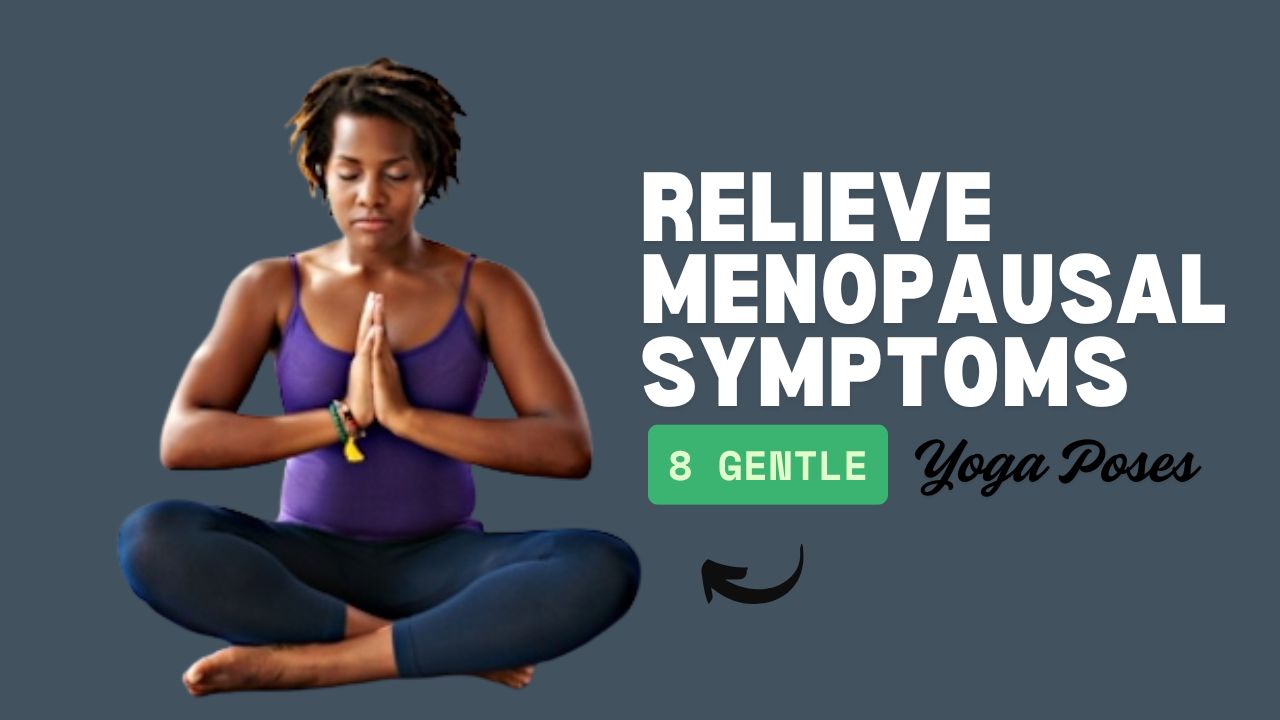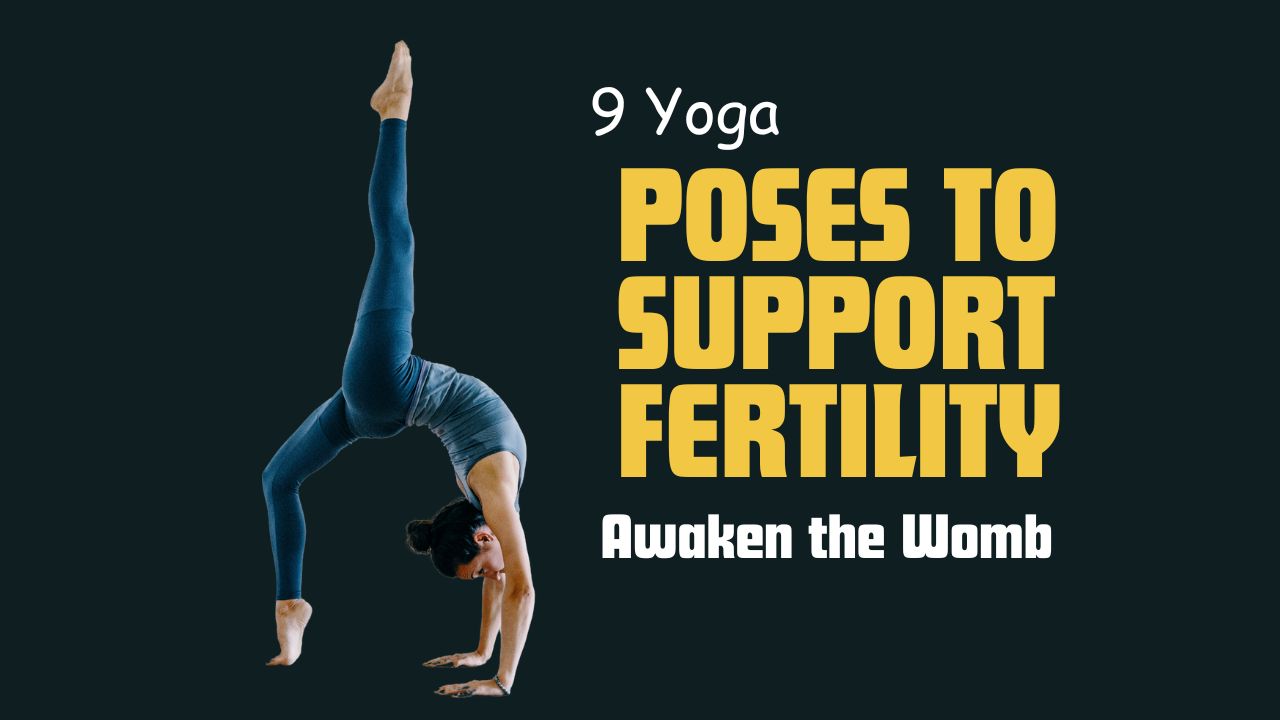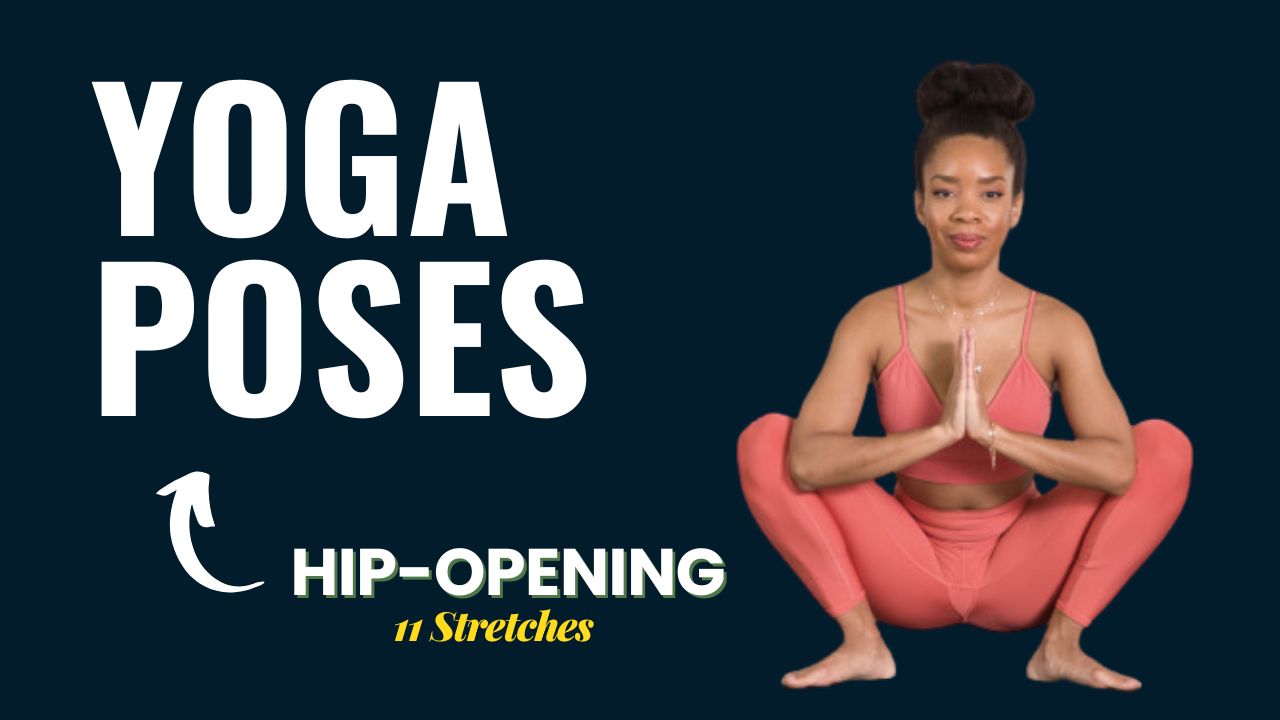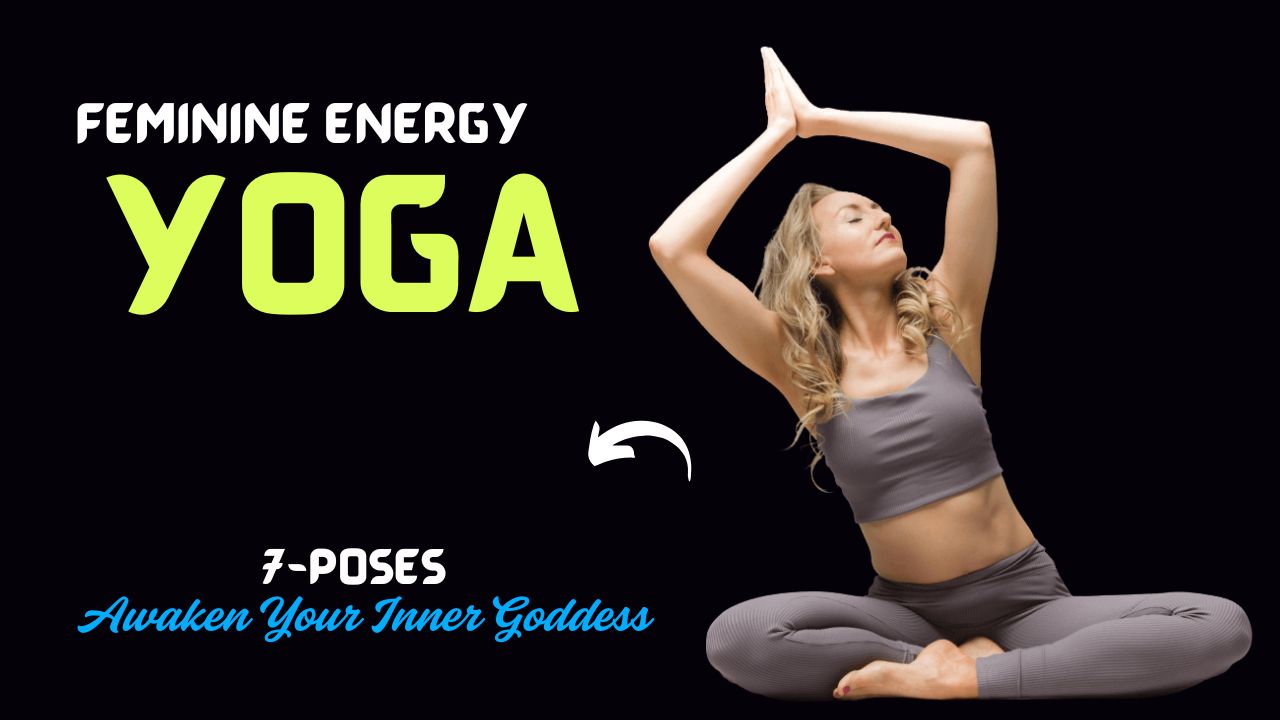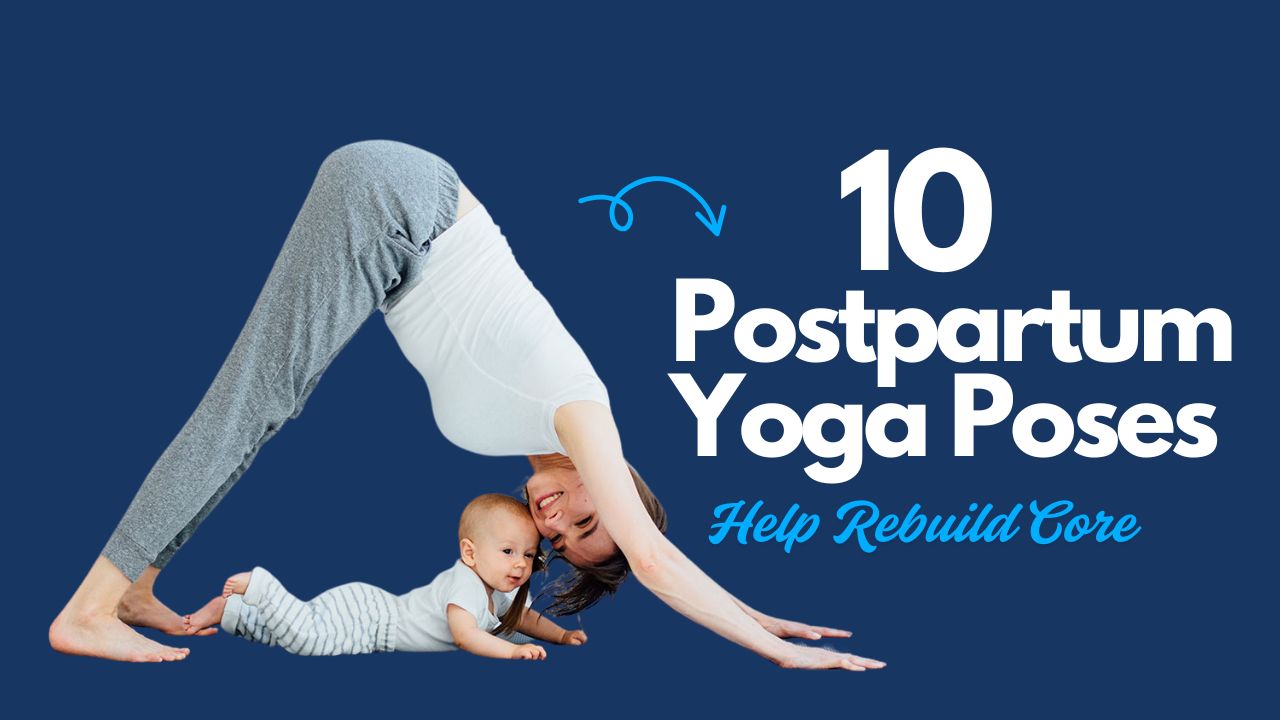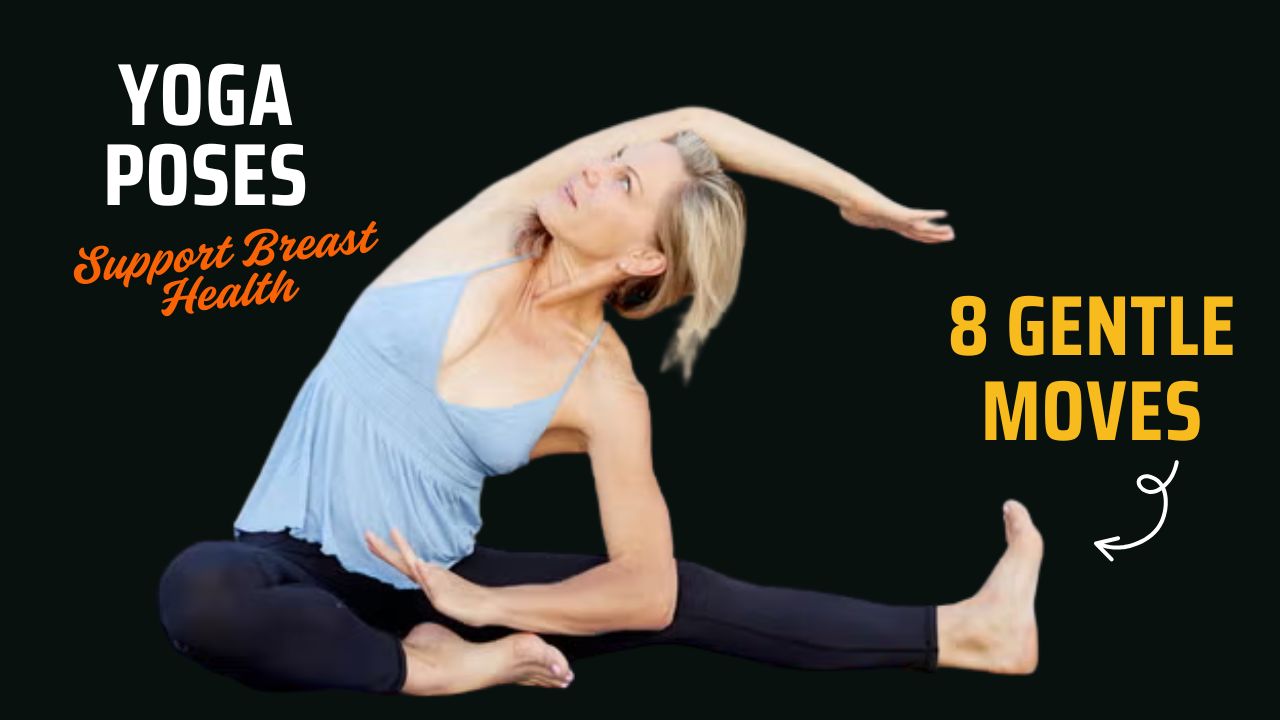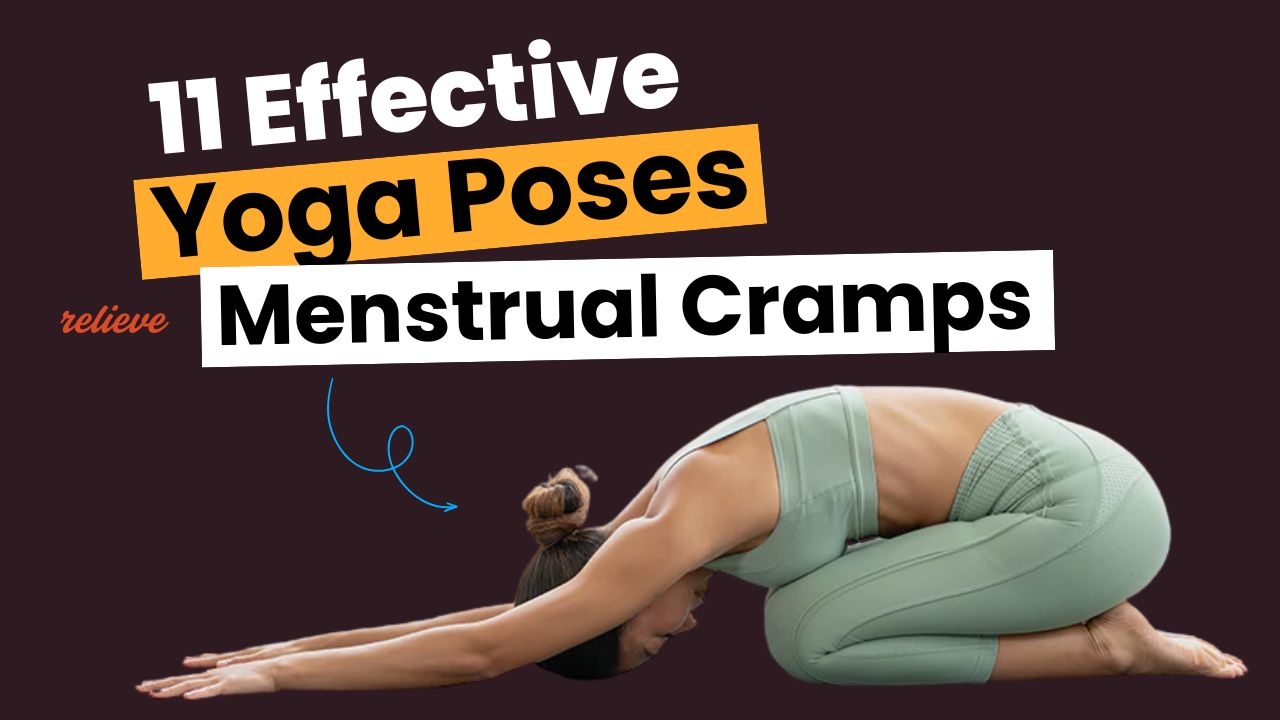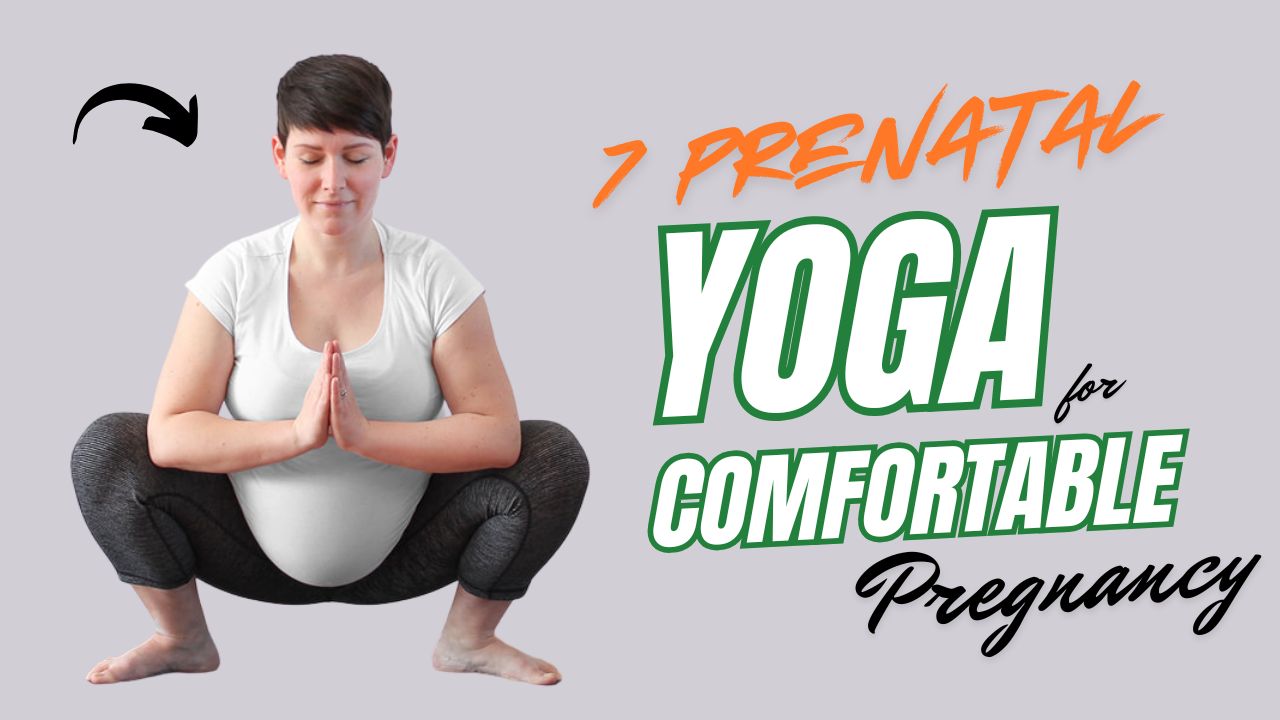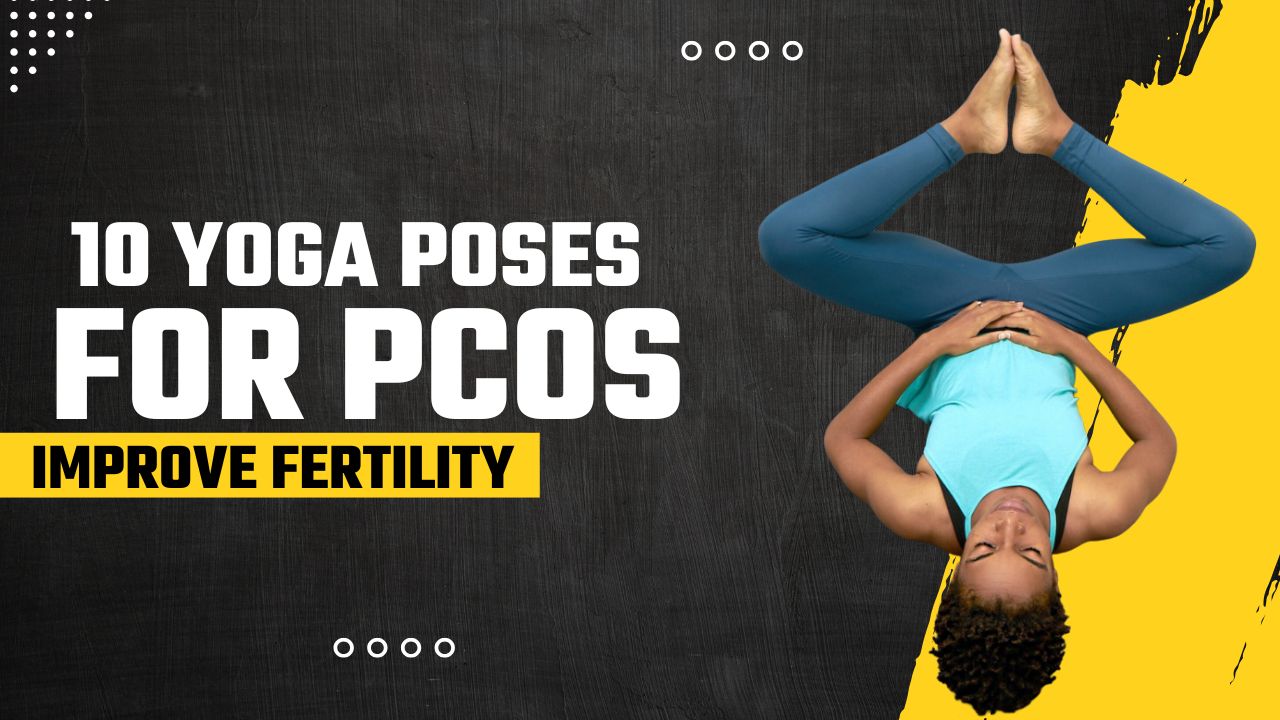Do you know that prenatal yoga isn’t just about flexibility—it’s a powerful way to support your changing body, reduce stress, and prepare for childbirth?
While many expectant mothers are hesitant to try yoga during pregnancy, fearing it’s unsafe or too demanding, the truth is quite the opposite.
Prenatal yoga, when practiced with awareness and care, can help ease common discomforts, improve sleep, enhance emotional well-being, and even promote better labor outcomes.
In this post, you’ll discover 7 safe, effective prenatal yoga poses designed to help you feel calmer, stronger, and more comfortable through every trimester.
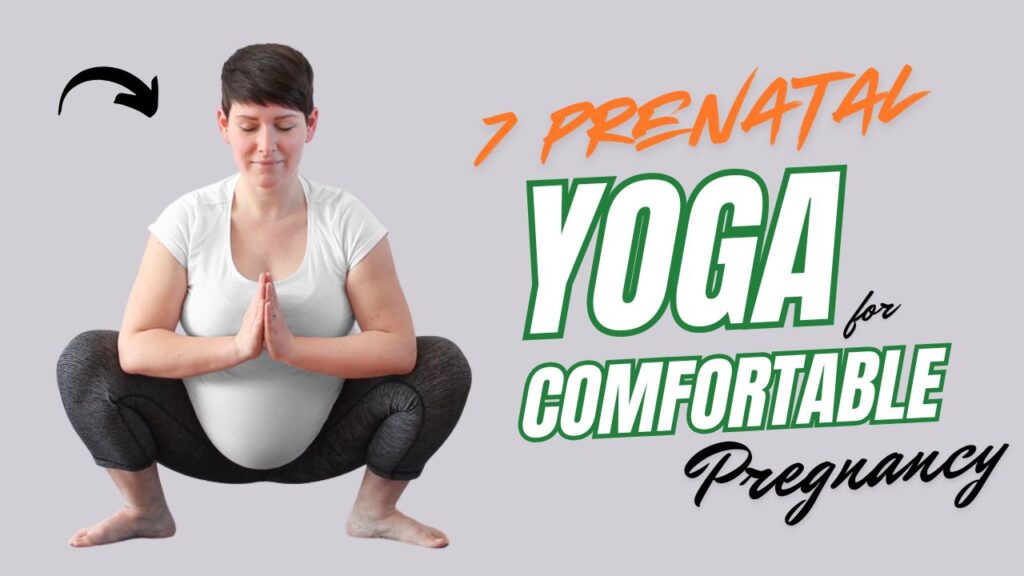
Table of Contents
What Can Happen After 30 Days of Prenatal Yoga
| Positive Changes | Why It Matters |
|---|---|
| Reduced lower back pain and joint discomfort | Supports your spine and relieves common pregnancy aches |
| Improved sleep quality | Relaxation techniques help calm the nervous system and reduce restlessness |
| Increased flexibility in hips and pelvis | Prepares your body for smoother labor and delivery |
| Better posture and balance | Helps adapt to body changes and reduces pressure on the spine |
| Enhanced breath awareness and lung capacity | Supports deep breathing during labor and reduces anxiety |
| Lower stress and anxiety levels | Encourages mindfulness and emotional grounding |
| Strengthened pelvic floor and core support | Aids postpartum recovery and improves overall stability |
| Greater body awareness and self-connection | Builds confidence and trust in your body’s natural rhythm during pregnancy |
Do’s & Don’ts of Prenatal Yoga
| Do | Don’t |
|---|---|
| Consult your doctor or midwife before starting a prenatal yoga routine | Practice without medical approval, especially in high-risk pregnancies |
| Focus on deep, mindful breathing to support relaxation and oxygen flow | Hold your breath or practice breath retention techniques (like kapalabhati) |
| Use props like cushions, bolsters, or blocks for added support | Push through discomfort or pain during any pose |
| Modify poses to accommodate your growing belly and body changes | Attempt advanced or deep poses that strain your abdomen or joints |
| Practice regularly but gently (2–3 times per week is ideal) | Overexert yourself or treat prenatal yoga like a high-intensity workout |
| Keep your movements slow, steady, and well-balanced | Perform fast transitions or balancing poses without support |
| Stay hydrated and rest whenever needed | Ignore signs of fatigue, dizziness, or discomfort |
7 Prenatal Yoga Poses for Comfortable Pregnancy
1. Cat-Cow Stretch (Marjaryasana-Bitilasana)
This gentle spinal movement helps release lower back tension—a common pregnancy complaint.
How to Do It:
- Begin on your hands and knees with wrists under shoulders and knees under hips.
- Inhale, arch your back (cow pose), lift your head and tailbone.
- Exhale, round your spine (cat pose), tucking your chin and pelvis.
- Move slowly, syncing movement with breath for 5–8 rounds.
Why It Works: It promotes spinal flexibility, improves circulation, and eases pressure on the lower back.
Myth Buster: Many believe twisting or arching during pregnancy is harmful—but with modified, mindful movement like Cat-Cow, it’s perfectly safe and beneficial.
2. Supported Goddess Pose (Utkata Konasana)
This wide-legged squat opens the hips, strengthens the legs, and improves pelvic circulation.
How to Do It:
- Stand with feet wide apart, toes pointing out.
- Bend your knees and lower your hips as if sitting into a squat.
- Rest your hands on your thighs or a wall/chair for support.
- Hold for 30 seconds to 1 minute, breathing deeply.
Why It Works: Prepares the pelvic muscles for birth and relieves inner thigh tightness.
Did You Know? This pose mimics traditional birthing postures used in many cultures around the world.
3. Bound Angle Pose (Baddha Konasana)
A seated pose that enhances flexibility in the hips and inner thighs.
How to Do It:
- Sit with your spine tall.
- Bring the soles of your feet together, knees gently falling outward.
- Hold your feet and allow your knees to lower without force.
- Stay for 1–3 minutes, breathing calmly.
Why It Works: Improves pelvic floor flexibility and blood flow to the lower abdomen.
Comfort Tip: Sit on a folded blanket or cushion to support your hips and reduce strain.
4. Side-Lying Savasana (Relaxation Pose)
Deep relaxation is essential during pregnancy, and this is a safe, supported version of the classic savasana.
How to Do It:
- Lie on your left side with a pillow between your knees and under your head.
- Place another cushion behind your back for support if needed.
- Let your hands rest comfortably.
- Close your eyes and breathe naturally for 5–10 minutes.
Why It Works: Encourages rest, balances the nervous system, and improves sleep quality.
Fun Fact: Lying on the left side during pregnancy promotes optimal blood flow to the placenta.
5. Extended Triangle Pose (Utthita Trikonasana)
A gentle standing pose that promotes balance and stretches the whole body.
How to Do It:
- Stand with your feet 3–4 feet apart.
- Turn your right foot out and left foot slightly in.
- Extend your arms to shoulder height.
- Reach your right arm forward and lower it to your shin or a block, left arm up.
- Keep both legs straight and chest open.
- Hold for 20–30 seconds per side.
Why It Works: Alleviates backache, strengthens legs, and opens the hips and chest.
Myth Buster: Contrary to popular belief, balance poses are safe with proper support and should not be avoided altogether during pregnancy.
6. Child’s Pose with Wide Knees (Balasana)
A restorative pose that gently stretches the back, hips, and thighs.
How to Do It:
- Kneel on your mat, bring knees wide apart, and sit back on your heels.
- Lean forward, resting your chest between your thighs and forehead on a cushion or block.
- Stretch your arms forward or alongside your body.
- Stay for 1–2 minutes.
Why It Works: Releases tension in the lower back, calms the nervous system, and provides emotional grounding.
Comfort Tip: Widening the knees makes room for your belly and avoids pressure on the abdomen.
7. Seated Side Stretch
A soothing pose that lengthens the sides of the torso and relieves tightness.
How to Do It:
- Sit cross-legged or with legs extended.
- Inhale, raise your right arm.
- Exhale, lean gently to the left, keeping both sit bones grounded.
- Breathe into your side body for 30 seconds, then switch sides.
Why It Works: Improves breathing capacity and relieves tension in the ribs and waistline.
Did You Know? As the baby grows, the rib cage expands—this pose supports that natural process and eases discomfort.
Final Thoughts
Pregnancy is a time of great transformation—physically, emotionally, and mentally. Prenatal yoga offers a way to slow down, tune in, and nurture yourself and your baby with intention.
These seven poses can help relieve common discomforts, enhance flexibility, and build the strength and calm you’ll need during labor and beyond.
Always consult your healthcare provider before starting a new fitness routine. And remember, listen to your body—yoga during pregnancy should always feel safe, supportive, and empowering.
Frequently Asked Questions (FAQs)
Is prenatal yoga safe for all stages of pregnancy?
Yes, prenatal yoga can be safe throughout all trimesters when modified appropriately. However, it’s important to consult your doctor or midwife before starting, especially if you have a high-risk pregnancy or any medical conditions.
How often should I do prenatal yoga?
Most experts recommend practicing 2–3 times a week for 20–45 minutes per session. Listen to your body—some days may call for gentle stretching, while others might allow for more active movement.
Can prenatal yoga help with labor and delivery?
Yes, consistent prenatal yoga may improve endurance, breath control, pelvic awareness, and relaxation techniques that can be helpful during labor. Some poses also strengthen muscles used during childbirth.
What yoga poses should be avoided during pregnancy?
Avoid deep backbends, strong abdominal twists, belly-down poses, and inversions unless guided by an experienced prenatal instructor. Also, lying flat on your back for extended periods should be avoided after the first trimester.
Do I need special equipment for prenatal yoga?
Not necessarily. A non-slip yoga mat, supportive cushions or bolsters, blocks, and a sturdy chair are helpful but not mandatory. You can adapt with what you have at home for comfort and safety.
Can beginners do prenatal yoga?
Absolutely. Prenatal yoga is designed to be accessible, even for those who have never practiced before. Start with gentle poses and always prioritize comfort over intensity.
What should I wear during prenatal yoga sessions?
Wear breathable, stretchy clothing that supports your growing body and allows for free movement. A supportive sports bra and comfortable leggings or maternity yoga pants work well.
